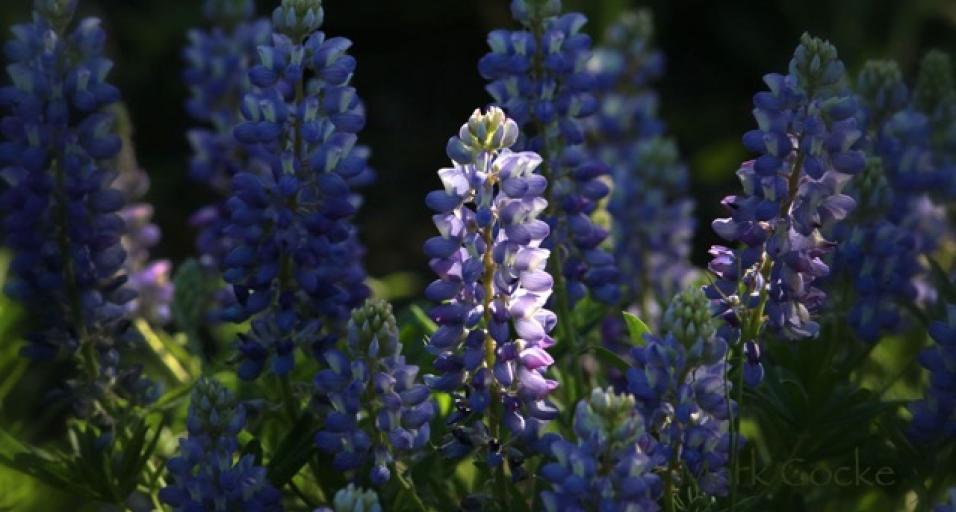Those high mountain meadows blanketed in wildflowers aren't just pretty scenery, they also provide crucial summer forage for mule deer and other big game species. Wildlife managers have long known the importance of quality forage on big game winter range, but now are also learning how important it is for these animals to have quality forage on their high elevation summer range to pack on the fat before winter. Mule deer have long been a species of concern, but especially since the devastating winter of 2016-2017. Managers are trying to do whatever they can can to make sure these animals have the best possible habitat and in the summer and this means tall forbs, or wildflowers.
This summer, Wyoming Game and Fish biologists partnered with personnel from the Bridger Teton National Forest, Sublette County Conservation District and the University of Wyoming Range Extension to quantify the amount of tall forb habitat available in the high elevation meadows of the Wyoming Range.
The data collected will be summarized this winter and analyzed to see if there have been increases in ground cover and key plant species composition. "We anticipate that after the past 12-14 years of livestock rest there will be improvements," said Pinedale Habitat Biologist Jill Randall. "However, past experience in tall forb communities indicates many more years of rest may be necessary to significantly improve some areas that are in more critical condition."
Tall forb communities are important summer forage for mule deer, elk, moose, and many non-game species. Additionally, when these areas are in healthy condition they prevent sedimentation and erosion into the headwaters of our streams as well as help recharge springs and the overall hydrologic function throughout the mountains. Pinedale fish managers have also documented increasing numbers of Colorado River cutthroat trout in these streams as the high elevation meadows have gained improved ground cover.
Measuring Tall Forbs for Mule Deer
Mark Gocke, Public Information Specialist, 307-733-2321

